Greg Kitson from Mind’s Eye Graphics started with heat transfers in 1979. His print shop is known for impeccable quality. Over time, the Mind’s Eye team became an industry leader through hands-on workshops and educational programs out of Decatur, Indiana.
Greg shared his knowledge and advice from 45+ years in the screen printing, embroidery and apparel decoration industry with us at ISS Long Beach.
Greg’s best advice for screen printers
Greg Kitson doesn’t beat around the bush: if you’re not having fun doing what you’re doing, you’re making a huge mistake. There’s simply no reason to make yourself miserable doing a job you hate.
“I get the greatest satisfaction in turning a pile of blank shirts into a check. That’s what really turns me on,” he says.
Practically, this means you need to gauge your employees’ enthusiasm and adjust accordingly. Don’t put an artist in a printer’s role, or a printer in a sales role.
There are a lot of roles and personality types that can exist and excel in a print shop. Some people will be well-suited for the mechanical work of decorating. Others might succeed in sales or customer service roles. As an owner, you’ve got a lot of latitude to make your business whatever you want it to be. So Greg’s advice is the kind that can only come with life and business experience – find the things you love doing and find ways to stay focused on those things!
Going from manual to automatic screen printing
Greg warns: an automatic press can end up controlling the business. When you’re flying solo, you can do everything – and some shops (like Jonathan Ornelias’ Success Print Shop) do work on automatic presses with just one person.
But the increased capacity means you’ll have to change where you spend your time – and it alters what you can accomplish for your business. It’s likely that the automatic press will push you to your physical limits as a printer!
As time goes on and you accept larger orders, you’ll need to hire someone else to keep up with the pace of production. Once you do need to hire, Greg says, “You have to find someone that shares the passion, and that you can communicate with easily, so you can do what you enjoy doing.”
How do you find great employees?
“Never really been lucky with Craiglist, or in the olden days – putting something in the classified ads. All of our best employees have come from recommendations of people that knew me and knew our business.”
You’ve got to lean on your network, ask people for suggestions, and really try to find people that fit with your vision to get great employees.
What are the worst mistakes print shops make?
There are plenty of common print shop mistakes that screen printers fall victim to.
Keep in mind, Greg has mentored hundreds of screen printers and print shop owners during his tenure at Mind’s Eye Graphics. He’s seen people of all dispositions try to make their goal of owning a successful and sustainable business a reality. The common thread? Trying to grow too fast is a surefire way to get yourself into trouble.
The worst part? “People get away from their core competencies. ‘Sure, we’ll do that!’ Then you’re doing something that you didn’t start out to do,” Greg says. So now you’ve got a behemoth that you don’t even enjoy!
However, Greg advises every screen printer to look carefully at their logistics and data management. Being a great decorator and printer is one thing, but being brilliant at fulfillment and resource chain management is a different skill set.
As you scale up, managing your process becomes the real challenge – how do you receive, ship, track, and ensure the quality of hundreds of thousands of t-shirts, hoodies, onesies, and hats? How do you manage screens? Art approvals? Invoicing? Can you take a vacation?
What makes a great print shop?
Greg’s take is different than Brett Bowden & Ryan Moor’s. He doesn’t think about the shop itself. He thinks about the owner.
Can the owner really listen to their customer? Greg sees that as the route to developing top-notch work: the customer will guide you there. Your expertise and skills will finish their vision and your shop will make it a reality.
“Great listening is the biggest tell-tale for having good product go out the door,” Greg says.
What’s the best way to get new customers?
Greg really gave us a great answer here. He suggests beginning with some basic demographic research. Really find out who you can print for and whether there are other customers that look like your existing customers you can reach out to.
You should focus on your unique niche rather than try to conquer the entire market. “Are you doing personalization, numbering, teams, fulfillment? There may be lots of customers that want those services, but it’s competitive,” Greg says. He points out that people who develop their own market – and then own that segment – tend to really succeed.
Identify industries and businesses with similar demographics. Here’s where Greg really lays it out: find your niche, yes, but find ways to extend your niche because of the skills you’ve learned serving it.
“Let’s think of a person that does screen printing and embroidery for small medical offices. If you’ve got that figured out, there are a lot of companies that have a similar organizational structure. So if you’re good at working with dentists, doctors, vets – you can probably do the same thing for physical therapists.“
What common bottlenecks and production problems do you see?
Greg tells us that it’s art approvals that bog down things. “In our business, 3 days is our commitment to our customers. On the 2nd or 3rd day we’re often waiting for an art approval we sent out on the third day. We do a lot of ‘customer maintenance,’ or babysitting,” Greg says.
The other common bottleneck – one we’ve heard again and again – is screen making. Not having enough screens has led Greg to a simple philosophy: “Tomorrow’s screens, today. The screen guy can’t leave until every screen is staged for tomorrow.”
Where should screen printers and embroiderers go to get knowledge?
“That’s tough, because what we do is a craft – and there’s a hundred ways to do everything,” Greg says. There’s always been discussions of standards for screen printers, even going back to the 1920s when screen printing on military t-shirts was held to “mil-spec” standards for longevity and durability.
But as time went on, the specifications were never really developed. That means that standards don’t really exist and things are highly subjective – so knowledge acquisition is really challenging.
Greg warns against trusting everything you read online: “Everyone’s an expert behind the keyboard…there’s a lot of good and bad info.” He says you simply have to experiment and dissect what will and won’t work for your shop.
He does recommend SGIA for its numerous excellent events and educational seminars – even ones where you can delve into the deeper technical side of screen printing (like printed electronics). The Imprinted Sportswear Shows (renamed Impressions Expo for 2020) offer dozens of learning opportunities, but the problem of craftsmanship and high variability from shop-to-shop and printer-to-printer persists.
A big thank you to Greg Kitson for talking to us. Greg is one of the industry’s leading experts, and clearly wants screen printers and embroiderers to succeed.
Be sure to check out Mind’s Eye Graphics’ Events for upcoming opportunities to learn from the best in the industry.
We interviewed some of the custom apparel industry’s finest leaders at ISS Long Beach 2019. Their insights and knowledge are powerful and surprising. Here’s a few of the other figures in screen printing we talked to:
- Mark Coudray delivers hard-hitting knowledge that print shops need.
- Pete Junior is New York’s hardest working print hustler.
- Scott Fresener literally wrote the book on printing t-shirts for fun and profit.
- Zachary Traxler is part of the new generation of print shop owners.
- Brett Bowden and Ryan Moor are two of the finest ambassadors for screen printing.
Follow along with us on Instagram to stay up-to-date with our latest videos, interviews and insights!
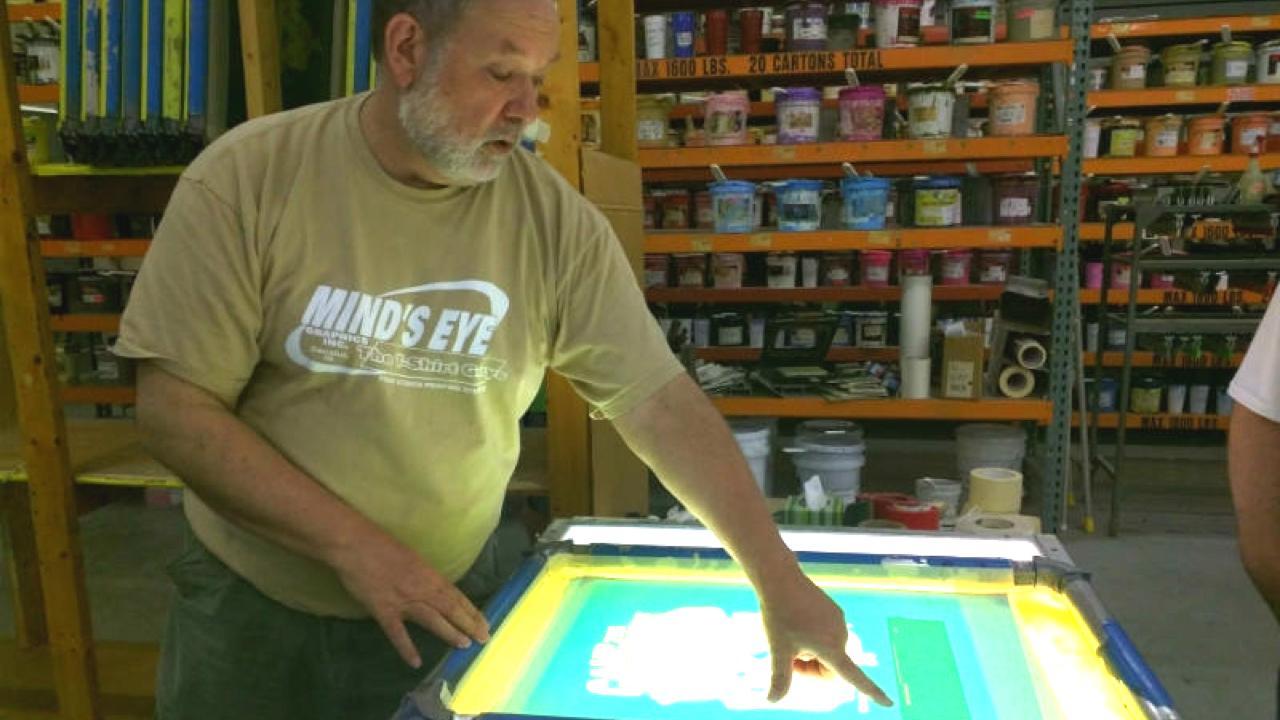
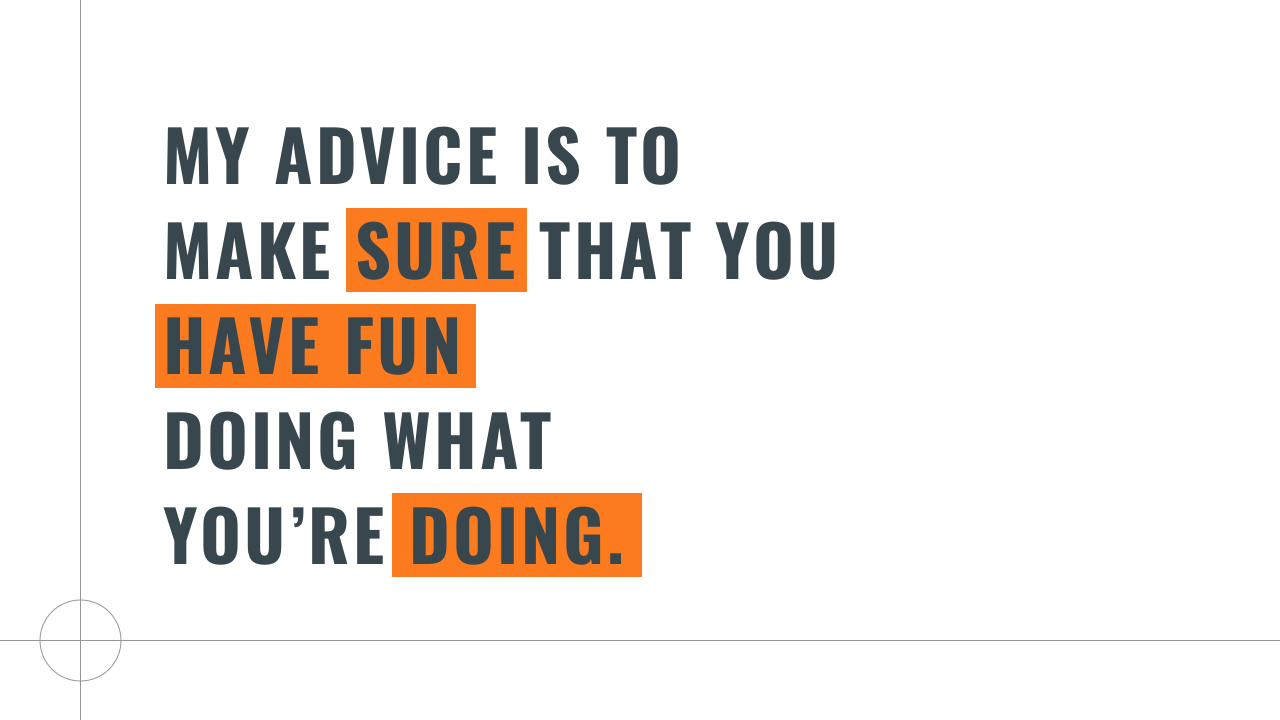
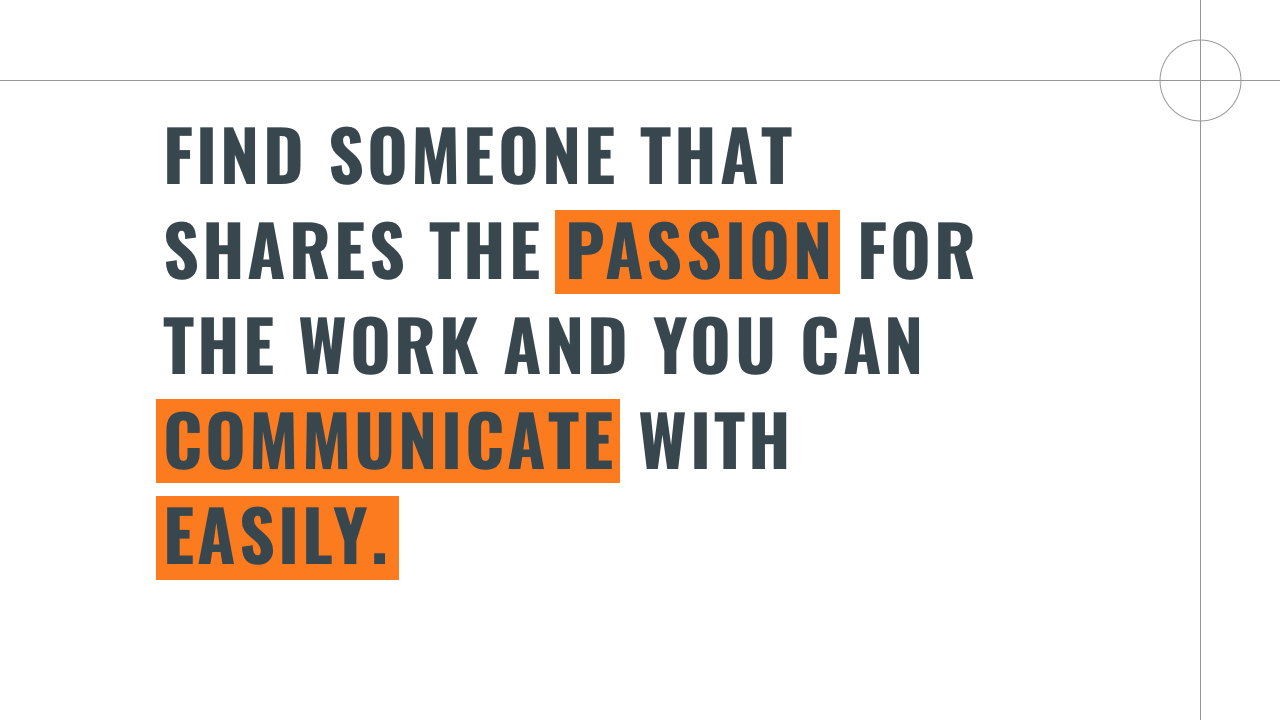
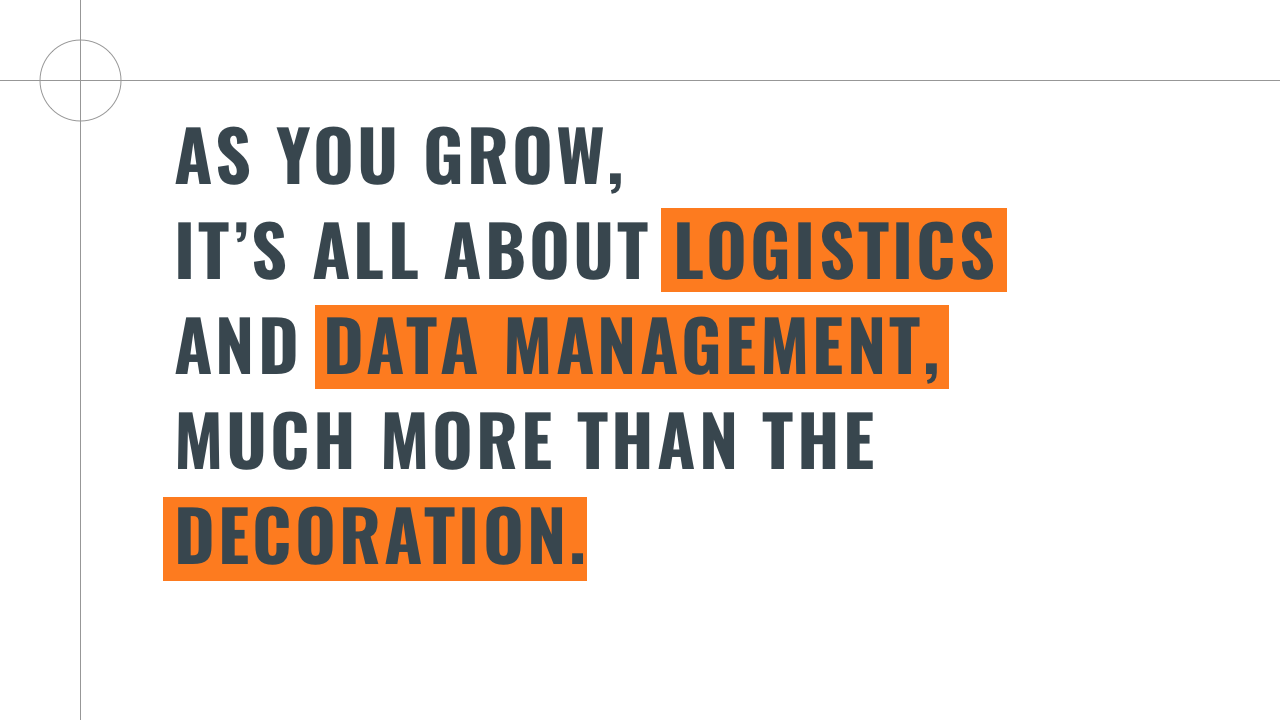

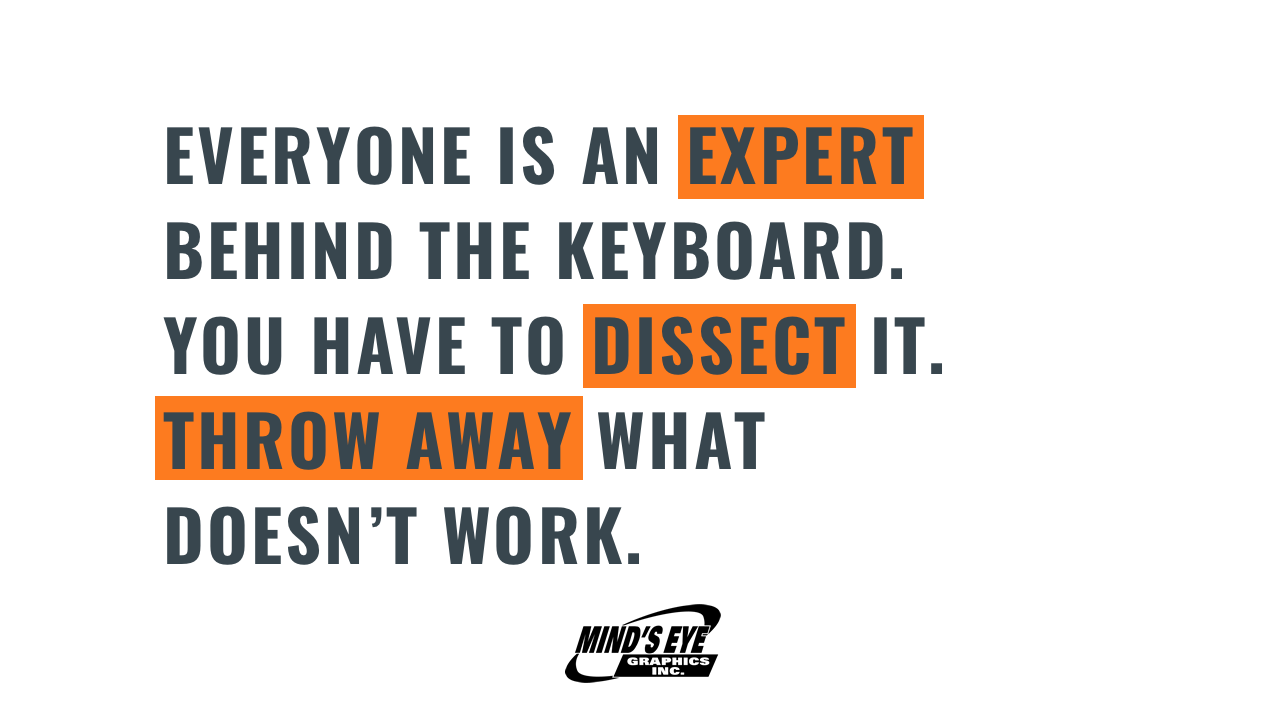

0 Comments